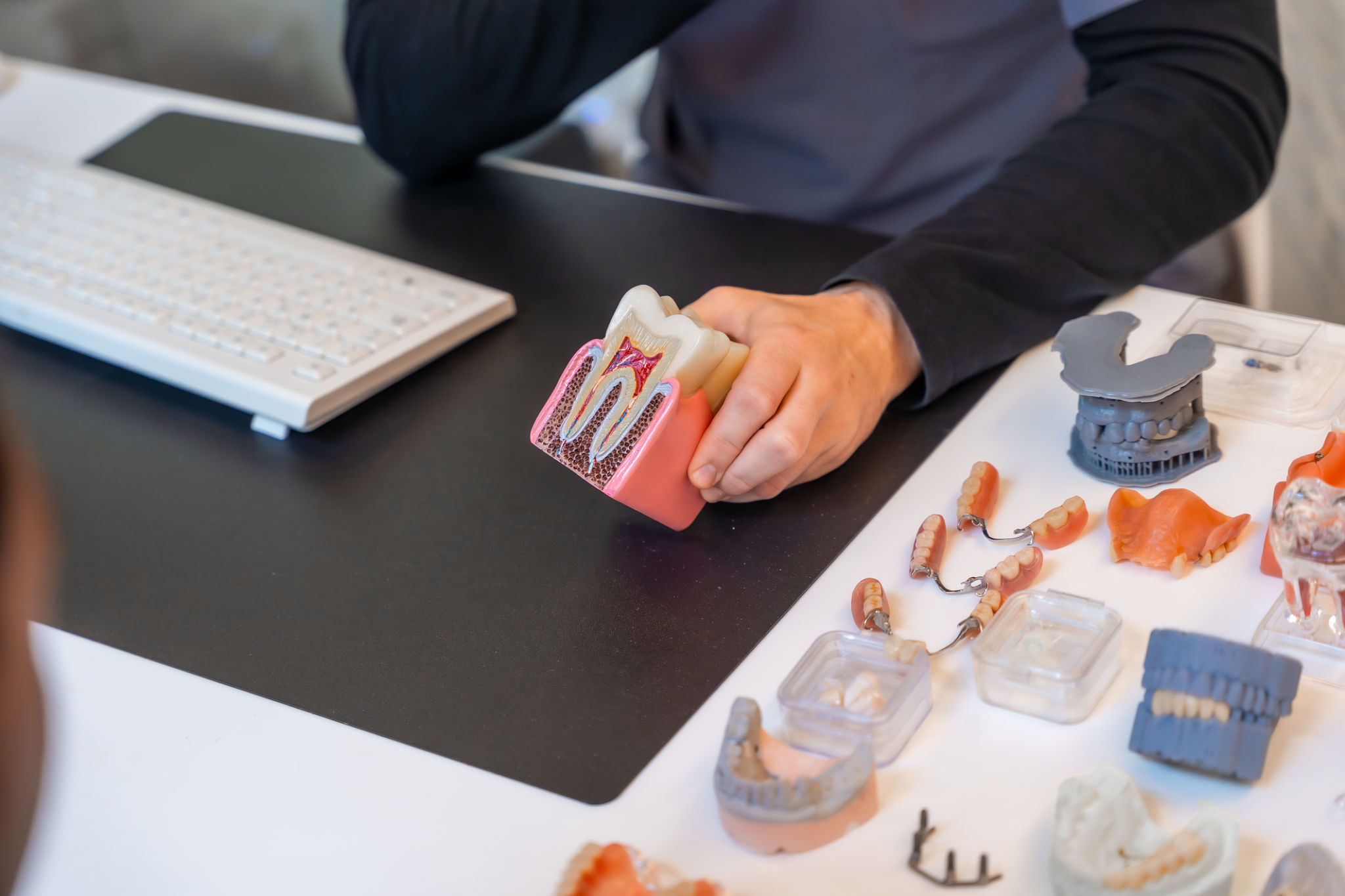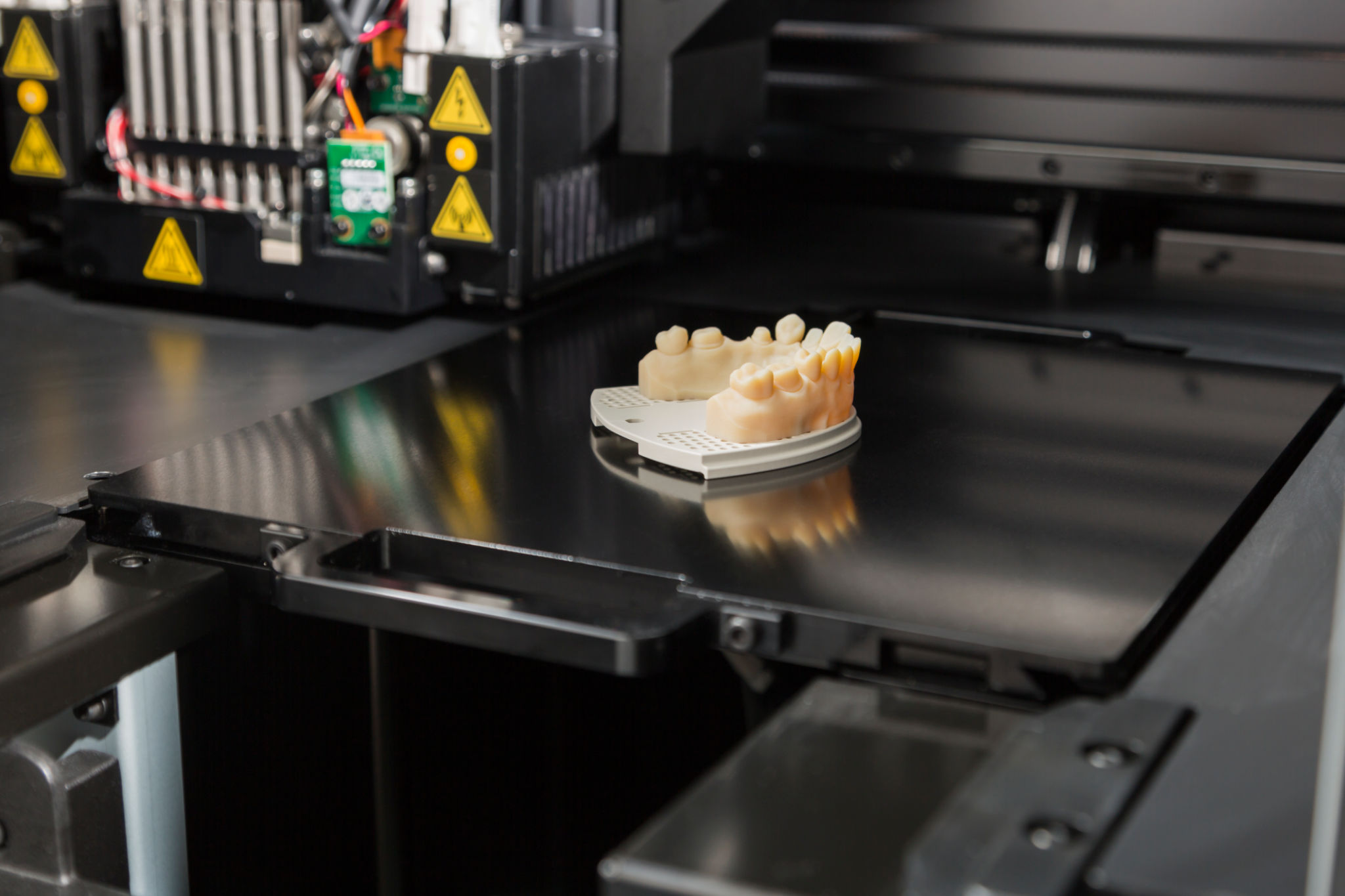Innovative Dental Demonstration Tools: A Guide to 3D Printed Restorative Models
Revolutionizing Dental Practice with 3D Printed Models
In the rapidly evolving field of dentistry, technological advancements are revolutionizing how dental professionals approach patient care. Among these innovations, 3D printed restorative models are emerging as a game-changer, offering enhanced precision and improved patient outcomes. These models allow dentists to create accurate physical representations of dental structures, aiding in diagnosis, treatment planning, and patient education.
The use of 3D printed models in dentistry is not just a trend but a significant leap towards more personalized and effective patient care. By utilizing these models, dental professionals can achieve greater accuracy in procedures, reduce chair time, and enhance patient satisfaction.

The Benefits of 3D Printed Restorative Models
3D printed restorative models offer numerous benefits that enhance both the dentist's workflow and the patient's experience. These models provide a tangible representation of a patient's dental anatomy, allowing for a better understanding of complex cases. Patients can visualize their treatment plans more clearly, leading to increased trust and cooperation.
Moreover, these models can significantly reduce the margin of error during procedures. Dentists can practice and refine their techniques on the model before performing the actual procedure, ensuring precision and efficiency. This proactive approach helps in minimizing complications and enhancing overall treatment success.

Applications of 3D Printed Models in Dentistry
The applications of 3D printed models in dentistry are vast and varied. From creating orthodontic aligners to designing intricate prosthetics, these models are instrumental in various dental specialties. Here are some key applications:
- Orthodontics: Customized aligners can be created with precision, improving treatment outcomes.
- Implantology: Detailed surgical guides assist in accurate implant placement.
- Prosthodontics: Dentures and crowns can be tailored to fit perfectly, enhancing comfort and functionality.
These applications demonstrate the versatility of 3D printing technology in addressing diverse dental needs, paving the way for more comprehensive and individualized patient care.

Integrating 3D Printing into Dental Practices
Integrating 3D printing technology into dental practices requires careful planning and investment. Dental professionals need to consider factors such as the type of printer, materials used, and software integration. Training staff to efficiently use these tools is crucial for maximizing their potential benefits.
Moreover, effective integration involves collaboration with dental laboratories and technicians. By working together, dental teams can ensure seamless workflow, from digital scanning to model production and application. This collaborative approach not only streamlines processes but also enhances the overall quality of care provided to patients.
The Future of Dental Demonstration Tools
The future of dental demonstration tools lies in the continued advancement of 3D printing technology. As printers become more affordable and accessible, even smaller dental practices will be able to adopt this innovative approach. The development of new materials suitable for different dental applications will further expand the possibilities of what can be achieved with 3D printing.
Additionally, advancements in digital dentistry will likely lead to even more sophisticated modeling techniques, enabling dentists to offer highly customized solutions tailored to individual patient needs. This evolution will ensure that dental care becomes increasingly precise, efficient, and patient-centered.

In conclusion, 3D printed restorative models are transforming the landscape of dental care by offering unparalleled precision and customization. As technology continues to advance, these tools will become an integral part of dental practice, enhancing both patient outcomes and professional satisfaction. Embracing this innovation today prepares dental professionals for a future where technology and healthcare seamlessly intertwine to deliver exceptional results.